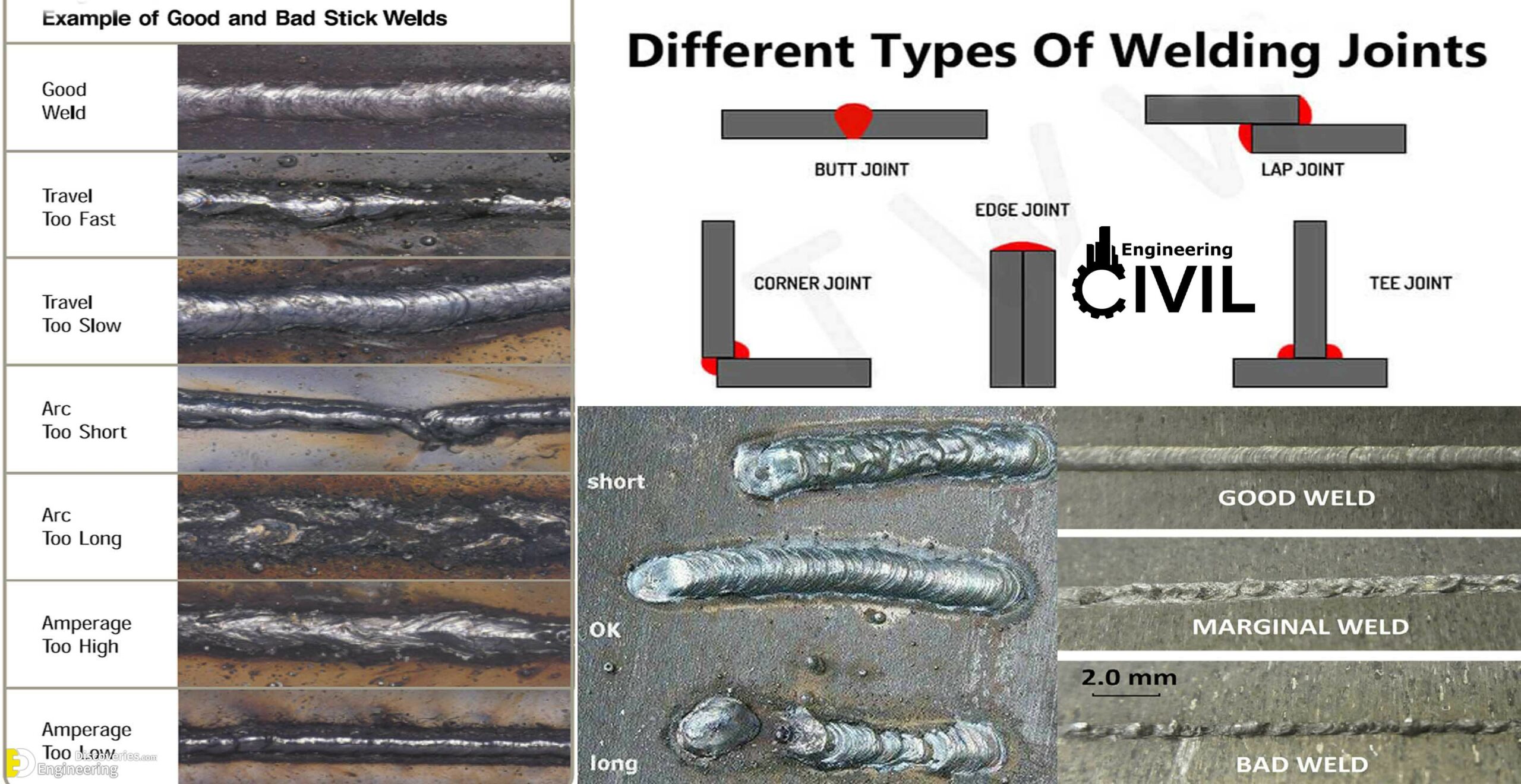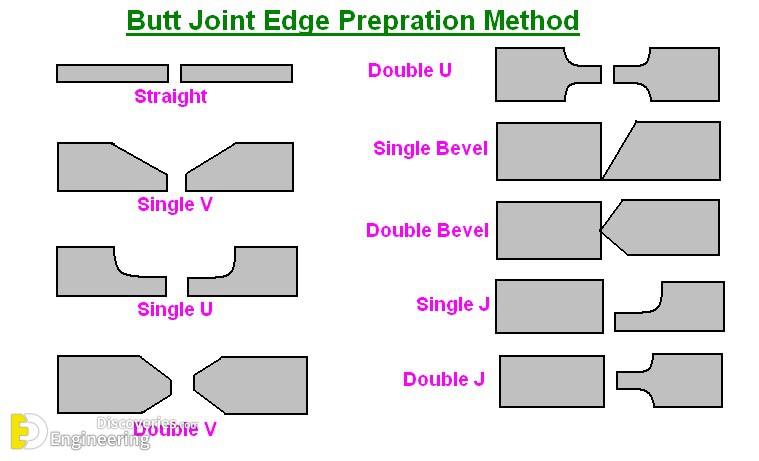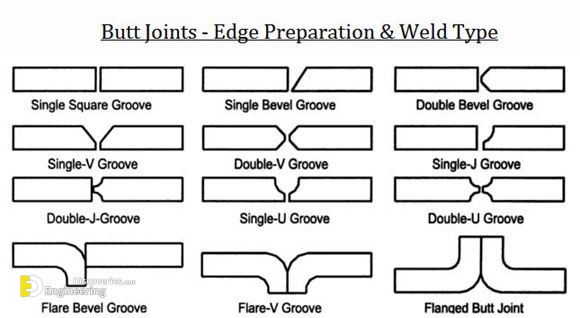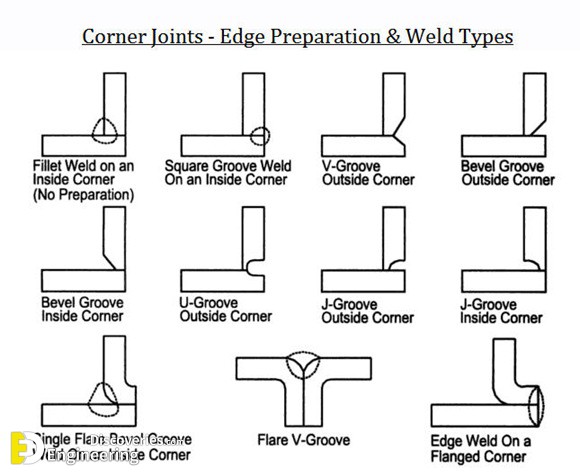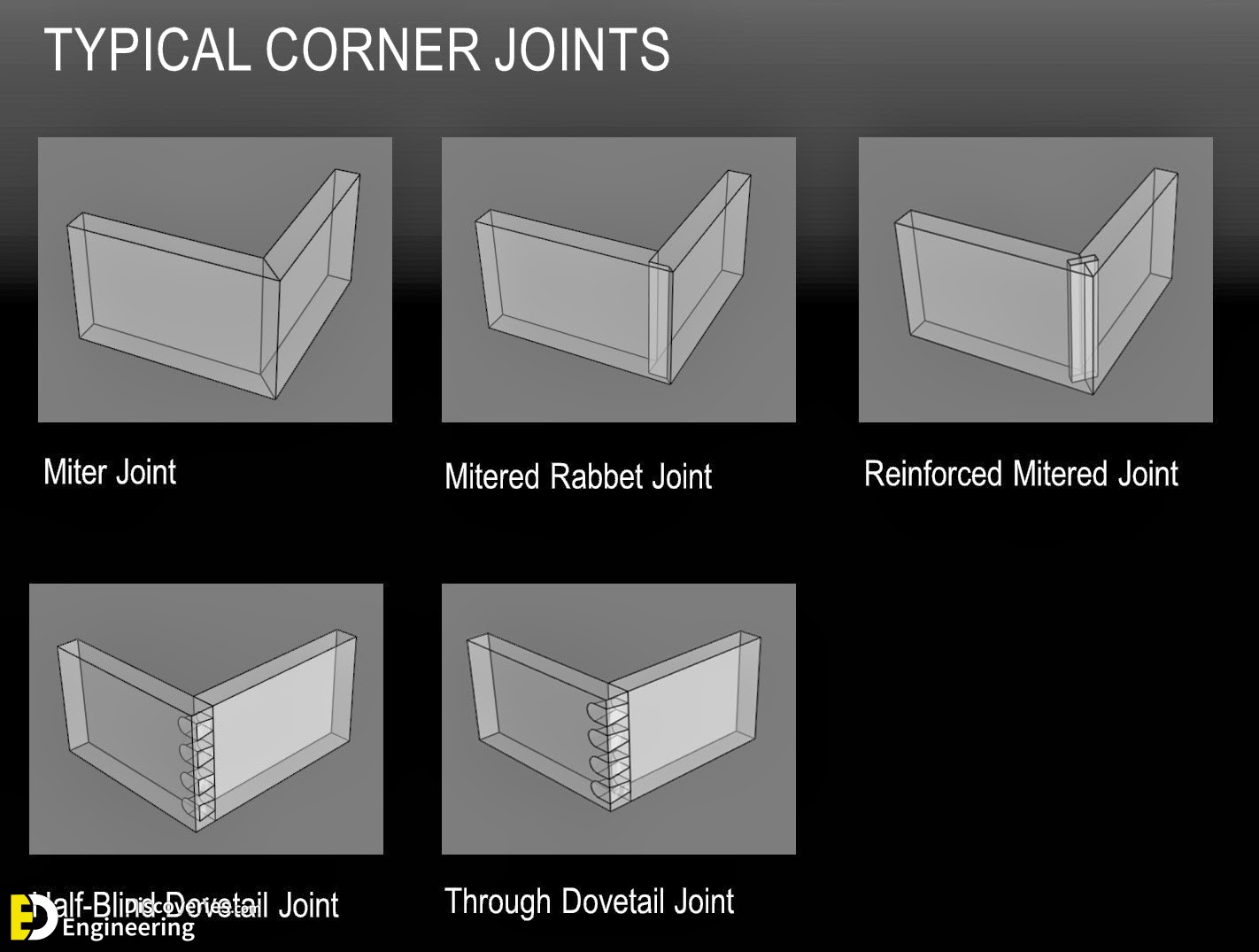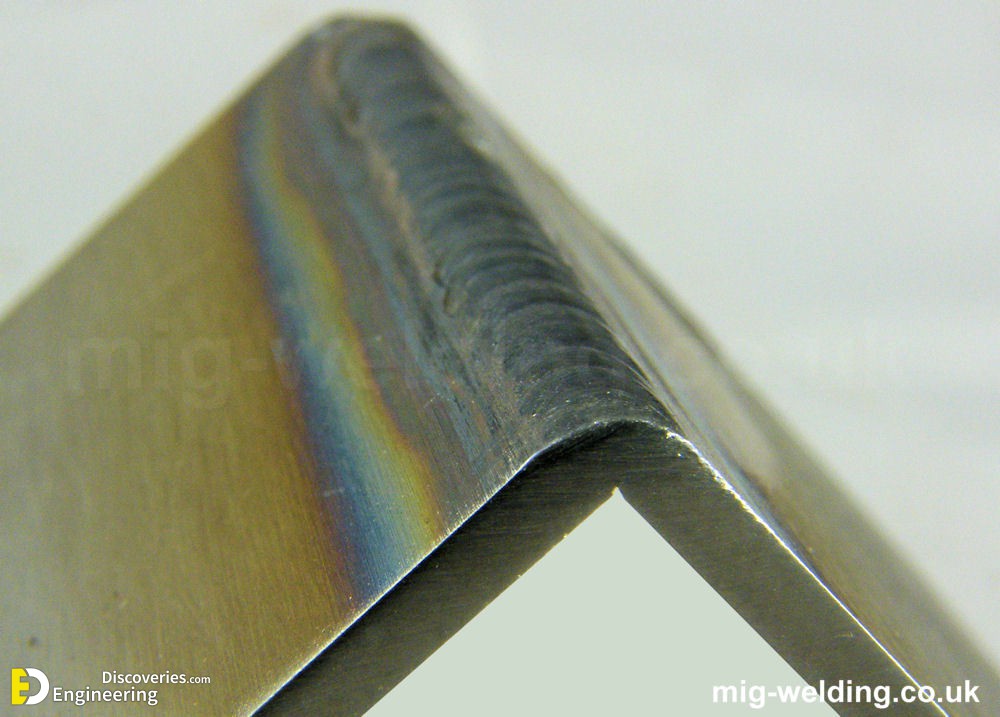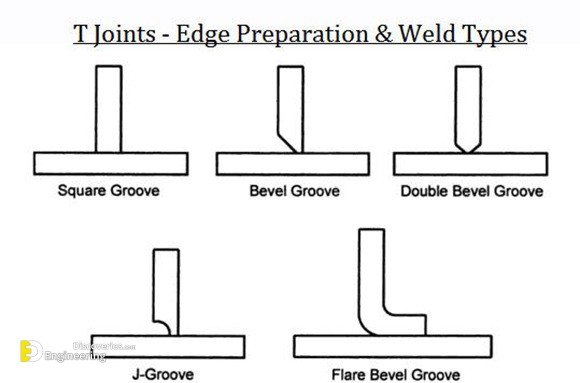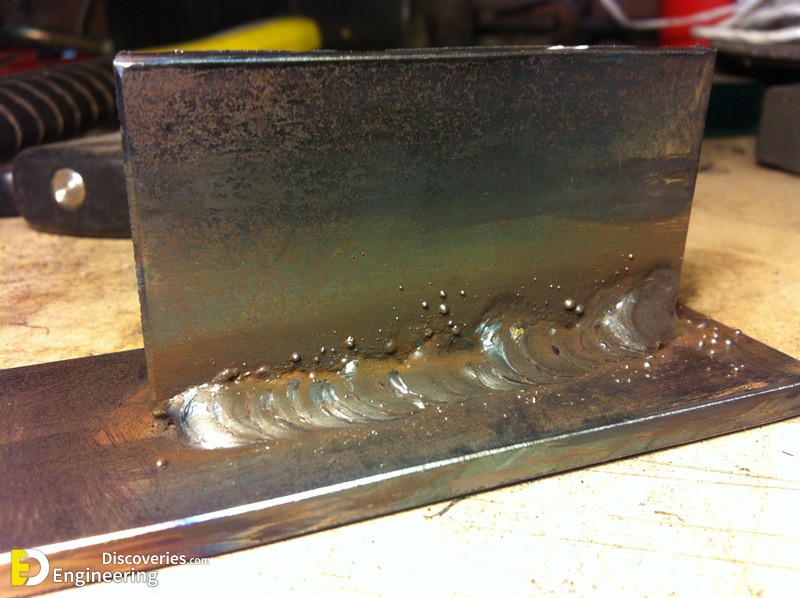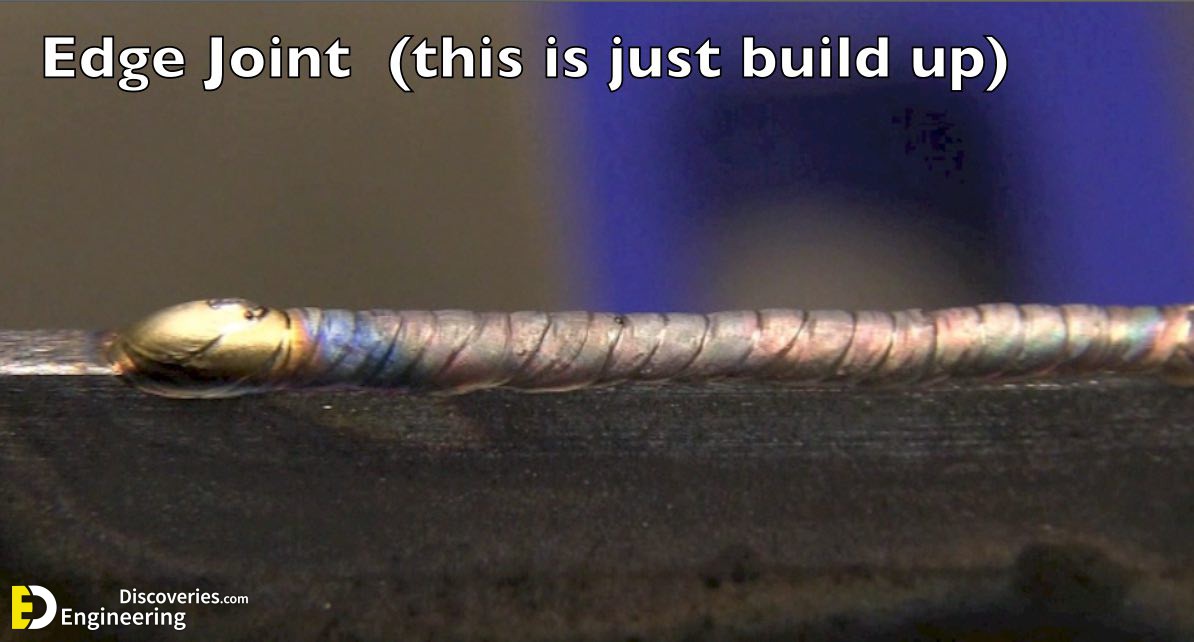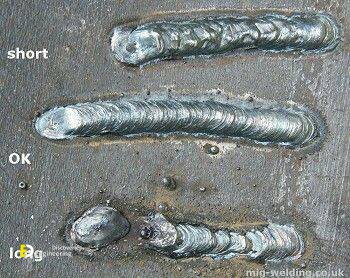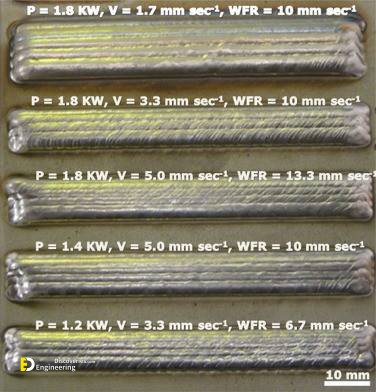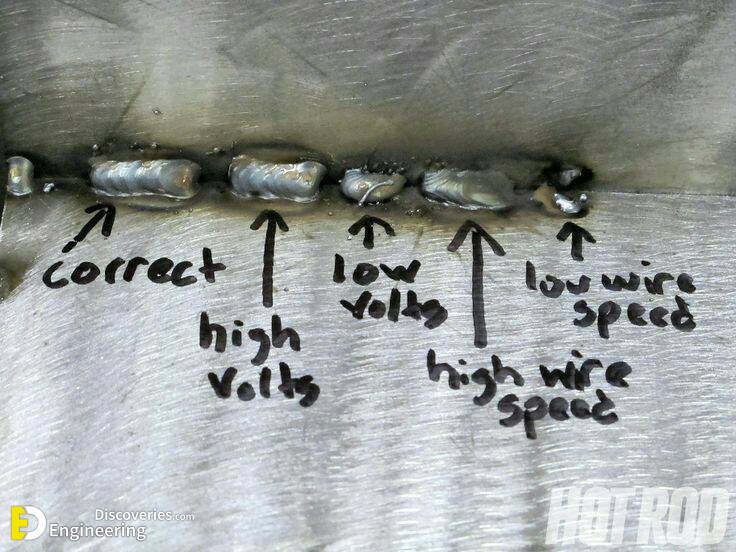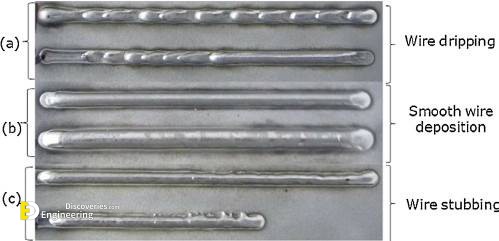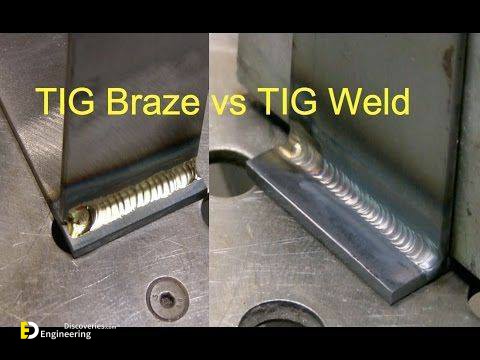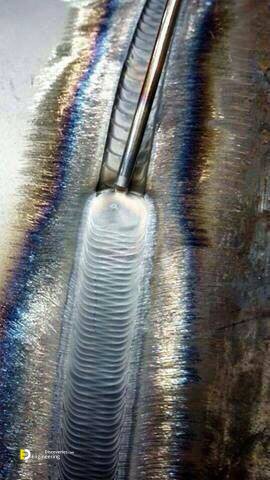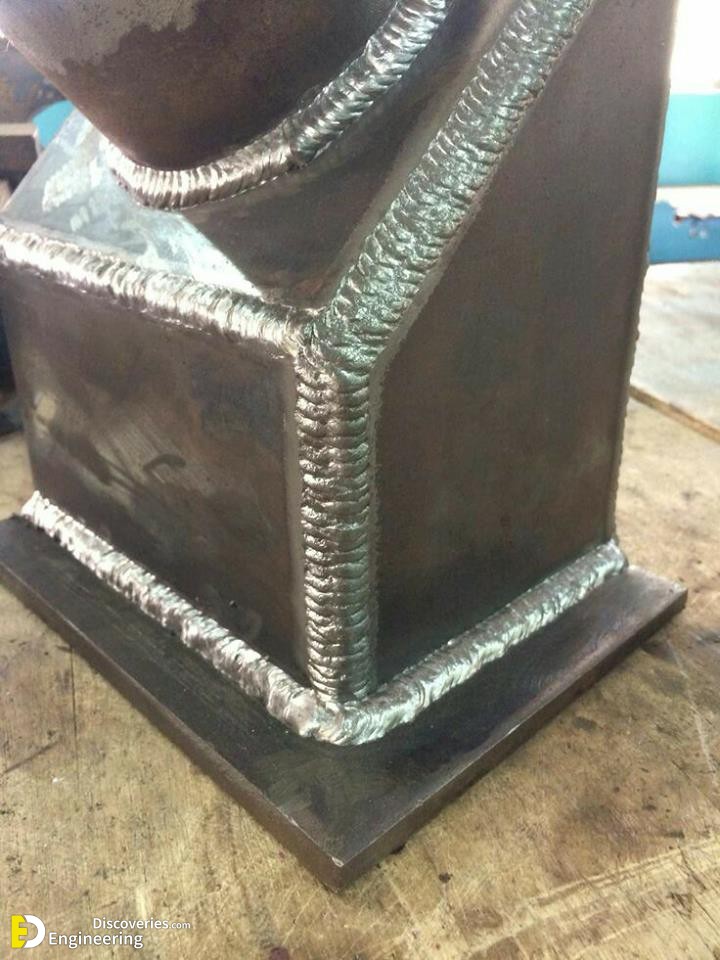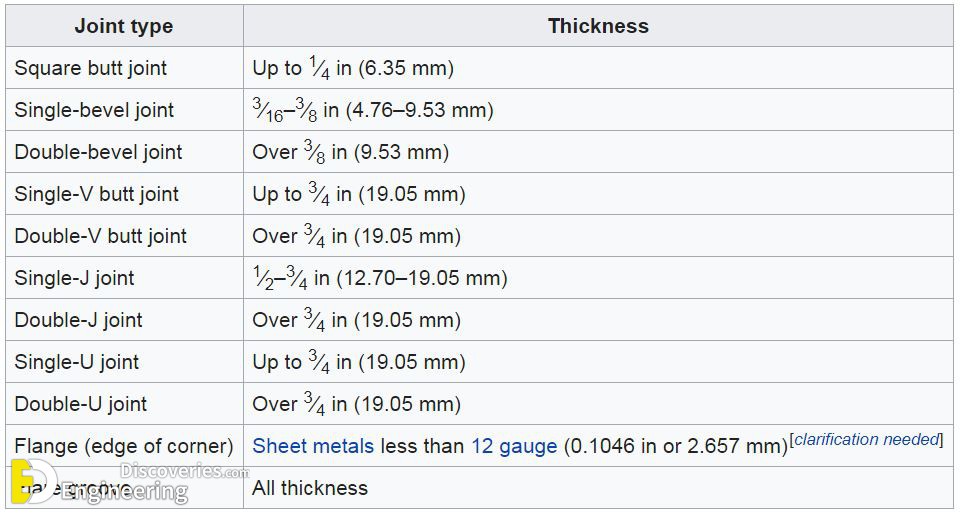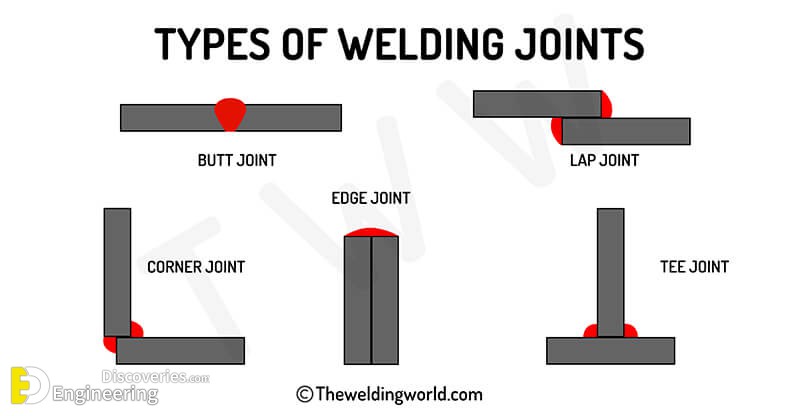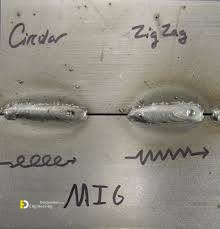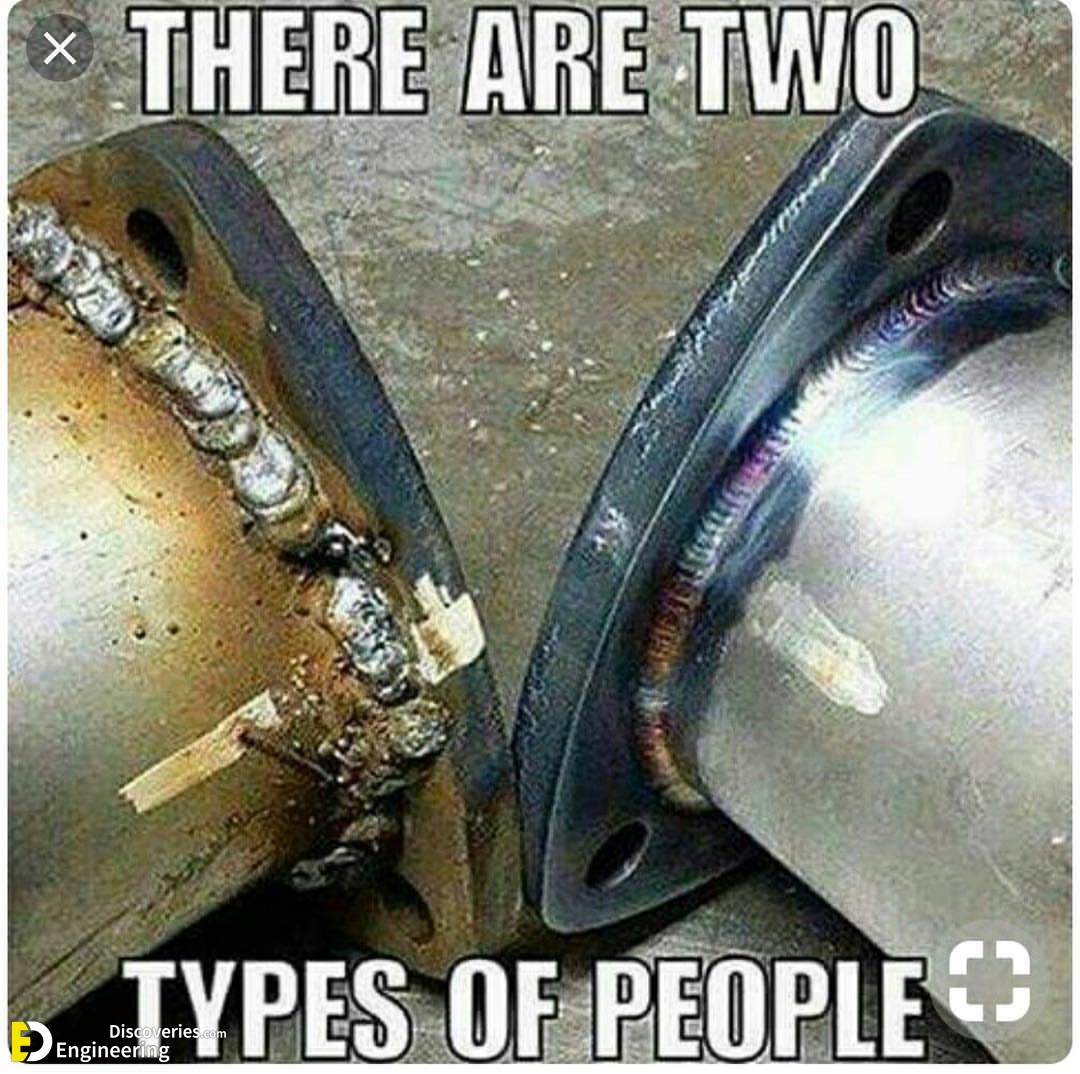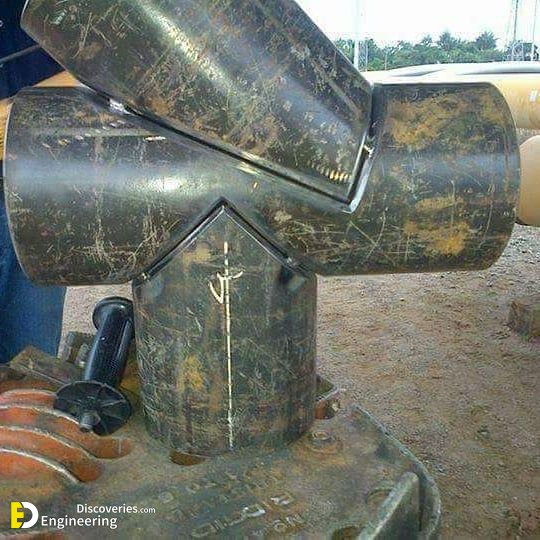A welding joint is a point or edge where two or more pieces of metal or plastic are joined together. They are formed by welding two or more workpieces (metal or plastic) according to a particular geometry. There are five types of joints referred to by the American Welding Society: butt, corner, edge, lap, and tee. These configurations may have various configurations at the joint where actual welding can occur.
1- Butt Joint
The butt joint is obtained by butt together the two plates lying in the same plane and welding the edges or ends of the plates. It is used to joint the plates having a thickness of 3 to 12 mm. Plates having a thickness less than 5 mm do not require beveling of edges whereas plates having a thickness between 5 to 12 mm, should be bevelled to form a single -V, single or double-U, or J-groove. It is the simplest type of joint used to join metal or plastic parts together.
The different weld types in butt welding are
1- Square Buttweld
2- Bevel groove weld
3- V-groove weld
4- J-groove weld
5- U-groove weld
6- Flare-V-groove weld
7- Flare-bevel-groove butt weld
2- Corner Joint
The joint is obtained by joining the edges of two plates whose surfaces are at 90° to each other. This joint is used for light and heavy thickness sheet metals. One thing that is important to note about this type of weld is that you do it on the outside of the corner.
The different weld types in a corner joint are as follows
1- Fillet weld
2- Spot weld
3- Square-groove weld or butt weld
4- V-groove weld
5- Bevel-groove weld
6-U-groove weld
7- J-groove weld
8- Flare- V-groove weld
9- Edge weld
10- Corner-flange weld
3- T-Joint
The T-Joint is obtained by joining two plates whose surfaces are approximately at the right angle to each other. This joint is suitable for the plates having a thickness up to 3 mm. For thickness more than this, welding should be done on both sides. It is generally used from stands, stiffeners in arc craft, etc.
The types of welds in T joint are as follows
1- Fillet weld
2- Plug weld
3- Slot weld
4-Bevel-groove weld
5- J-groove weld
6- Flare-bevel groove
7- Melt-through weld
4- Lap Joint
The lap joint is obtained by overlapping the two plates and welding the edges of the plates. It is used to joint the plates having thickness 3 mm or less. The lap joint may be single transverse, double transverse and parallel lap. This type of weld can be done on one or both sides of a sheet of metal, depending on how well you want the metal to be welded together. The joint is often used to attach two pieces together that are of varying thicknesses. You will find lap joints on things like weight and exercise machines, as well as some industrial equipment.
The Various weld types in lap joint are
1- Fillet weld
2- Bevel-groove weld
3- J-groove weld
4- Plug weld
5- Slot weld
6- Spot weld
7- Flare-bevel-groove weld
5- Edge Joint
The edge joint is obtained by joining two parallel plates. This joint is used economically for plates having a thickness of less than 6 mm. It is not suitable for severe loading subjected to tension and bending. This is generally used for unimportant work and sheet metal work.
The various weld types in this welding joint are
1- Square-groove weld or butt weld
2- Bevel-groove weld
3- V-groove weld
4-J-groove weld
5- U-groove weld
6- Edge-flange weld
7- Corner-flange weld

